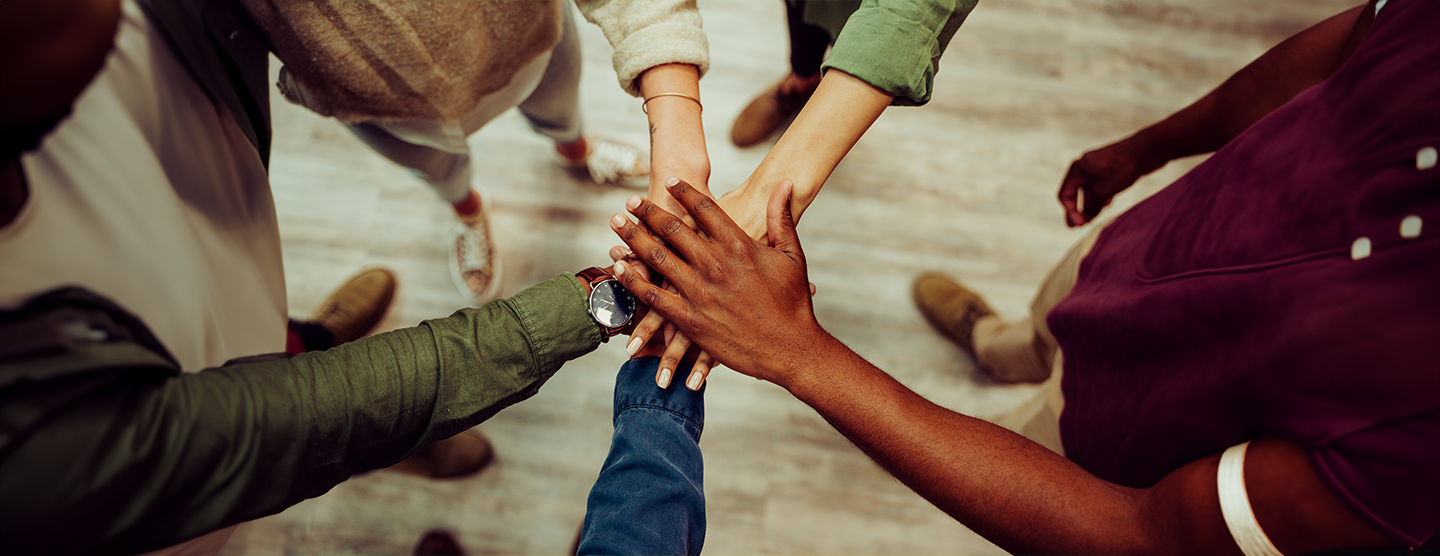How forgiving are you as a person?
I for one – with all my flaws and humanness – am quite forgiving towards most people in my life. But extending a second or third chance towards brands and businesses? I realize I’ve held grudges for years on end. But here’s what’s interesting – there are exceptions.
What do these exceptions have in common? These are businesses that win-back trust. And that, fellow marketers, is the power of goodwill. RetailDrive’s research report shows that 73 % of customers will stop doing business with a company after only three (or fewer) bad experiences. Customer Goodwill is a powerful business asset. Both client acquisition and retention are greatly influenced by it.
But how do you build brand goodwill while remaining authentic? My colleague, Madhuwanti, wrote a couple of weeks ago about how brands have created videos around the LGBTQI+ community that go beyond being ‘content for Pride month’. While Cause marketing is often used as a seasonal peg, if the cause you choose to create video content for does not embody your brand, campaigns could represent your brand to be inauthentic, doing more harm than good. However, there still are plenty of routes you can take to build brand goodwill. Here are four ways:
1. Corporate Social Responsibility
An editorial compilation by the Harvard Business School on CSR notices – 77% of consumers are motivated to purchase from companies committed to making the world a better place. Today, it is critical that businesses adopt a CSR strategy that includes evaluating the social responsibility messages that resonate with their consumers. Etat Libre d’Orange made media waves with their fragrance line – I Am Trash. Positioned as “The most wanted scent made from the unwanted”, the fragrance line was made of waste from the perfume industry. It took a stand against the 22 million tonnes of waste that the industry generates YoY.
With over 90 million impressions on launch, the strategy resulted in 4X higher demand and was sold out within 3 weeks – Making it the most successful launch in the 20-year-old history of the brand.
2. Damage Control
Remember what Benjamin Franklin famously said – if you fail to plan, you plan to fail. While building brand goodwill should always be a proactive effort, it becomes a necessity when the brand faces a crisis. O.B. tampons disappeared from retail shelves in late 2009 due to a distribution challenge around the globe. About two years later when the brand bounced back, as part of its PR marketing mandate, the brand released an amusing mea culpa in the form of personalized videos titled – A Personal Apology (just for you). The campaign not only won a remarkably positive response from its customers but also ended up winning the Bronze Lion at Cannes for PR.
3. Amplifying Brand-Trust
Production and consumption of fashion has reached unsustainable levels: between 2000 and 2020, the worldwide consumption of apparel doubled. And although we have more stuff in our closets, we are wearing them less often. With fast-fashion brands rapidly occupying the consumer closet space, we’re also discarding apparel too soon – keeping them for almost half as long as we did fifteen years ago. In its new campaign – only weeks old – Levi’s amplifies brand trust with a digital film titled: When they are made to last, we can all waste less. Tasteful Matched Cut sequences take us through the journey of a pair of jeans transcending eras and reaffirming their promise of quality that lasts. With the campaign, Jen Sey, Brand President at Levi’s, encouraged consumers to be more intentional about their apparel choices by saying “Ultimately, Levi’s denim is meant to be worn for generations, not seasons”.
4. Diversity and Inclusion
Cultural diversity within brand teams is more critical now than ever. Adobe conducted a research report on more than 2,000 consumers to understand their sentiment across brand communications. While 61% of consumers polled that diversity in marketing is crucial, 38% of the respondents even said that they were more inclined to trust brands that “effectively embrace diversity”. D&I isn’t just the right thing to do (if that wasn’t enough for some odd reason), it even makes business sense. Consumers invest in brands that celebrate diversity.
A great example is Uber’s Diversity, Equity, and Inclusion practice. Uber has transformed its culture by making steady, lasting adjustments over time. Five years later, in a sharp 2-minute-er, they show us how diversity makes them stronger and helps them create a more equitable and inclusive world.
Maybe you have a truly amazing product/service. And maybe that’s enough to drive revenue growth. But with all this incredible competition, maybe what truly makes you memorable goes beyond what you do as a business. After all, a brand’s legacy is not built merely by the sales it makes but by what it stands for.
Maybe what truly sets you apart is telling a story that’s impossible for someone else to tell as well as you do. While there’s no standard model for delivering something of true value, perhaps it’s simply this – work towards making your audience fall in love with you because of what you do and say. Stories around brand goodwill could be your torchbearers. If you want to tell stories that move the world closer to your business, let’s get in touch!

Leave a Reply